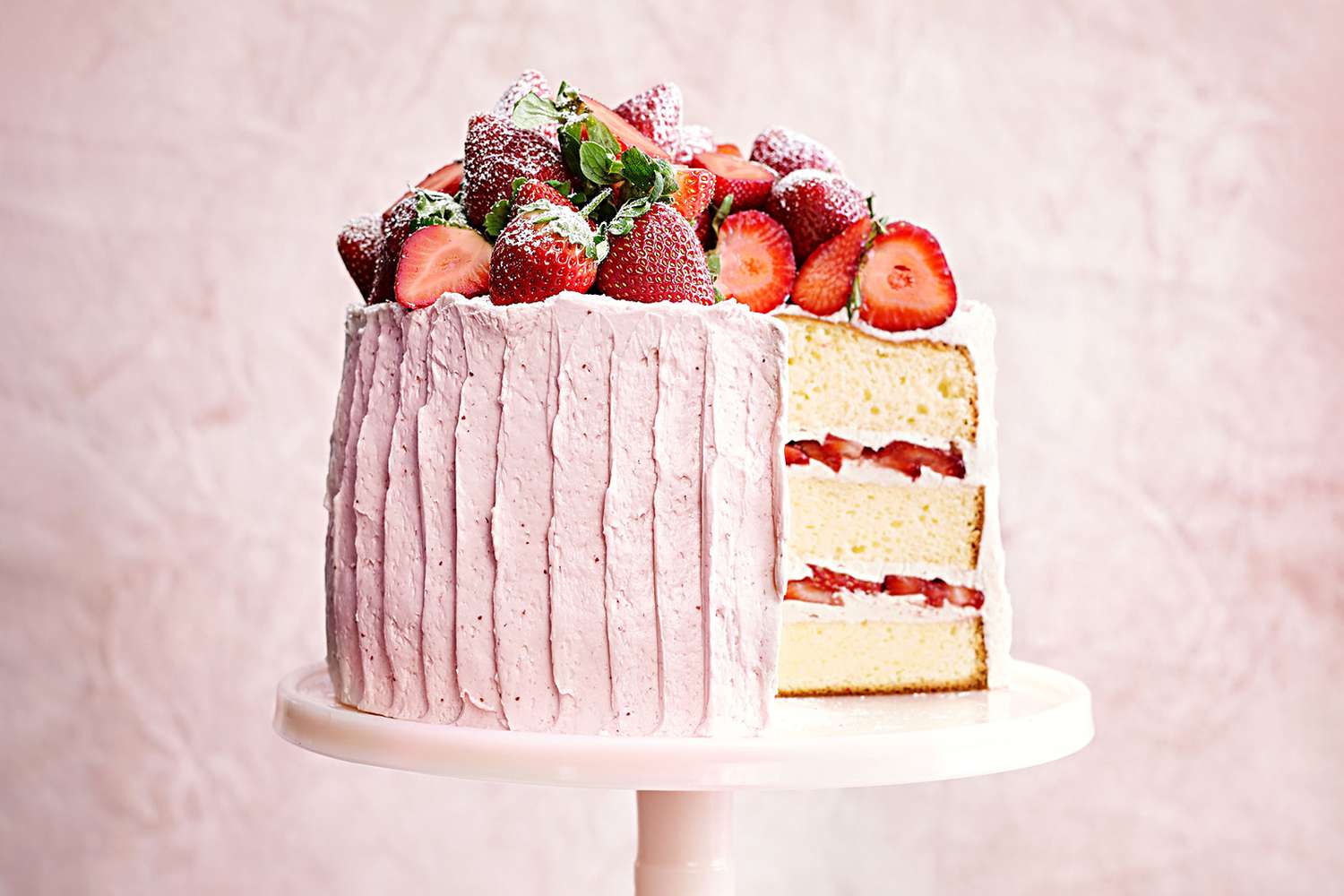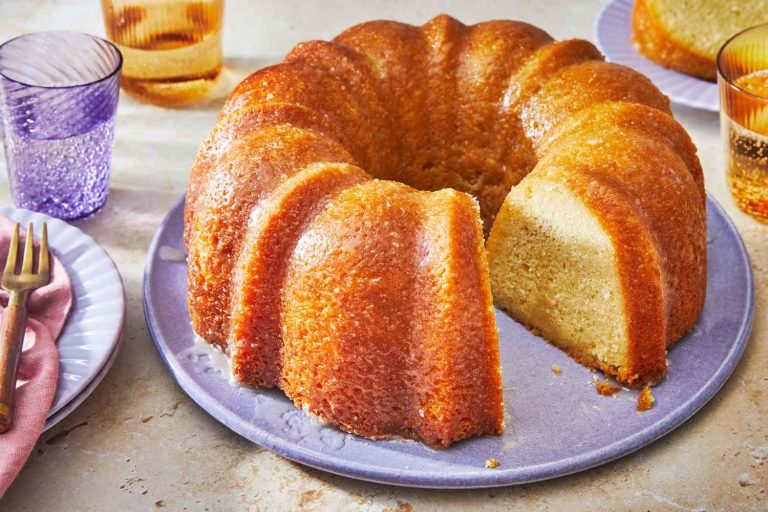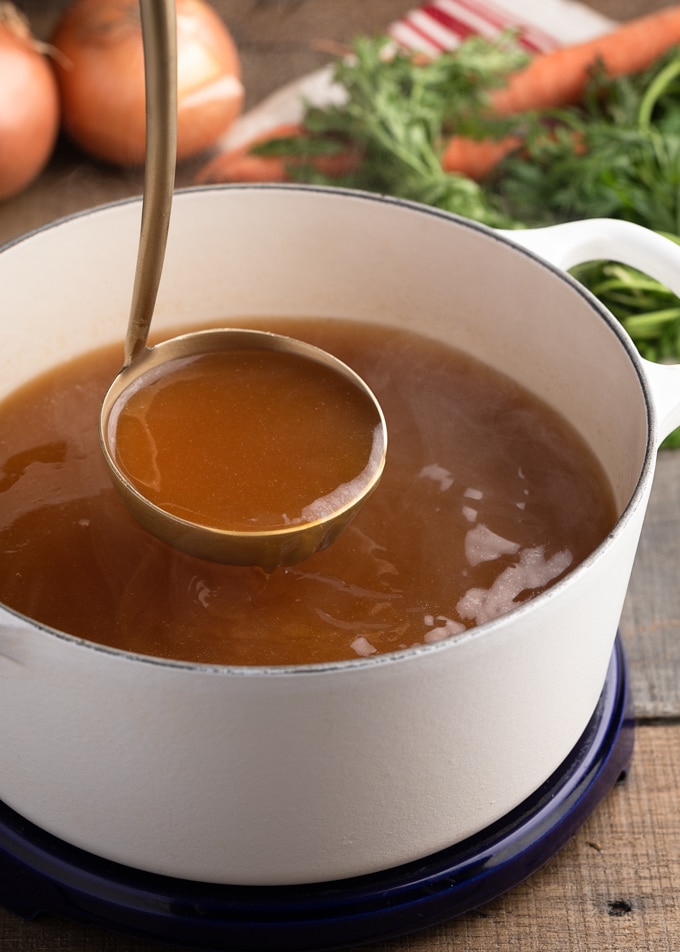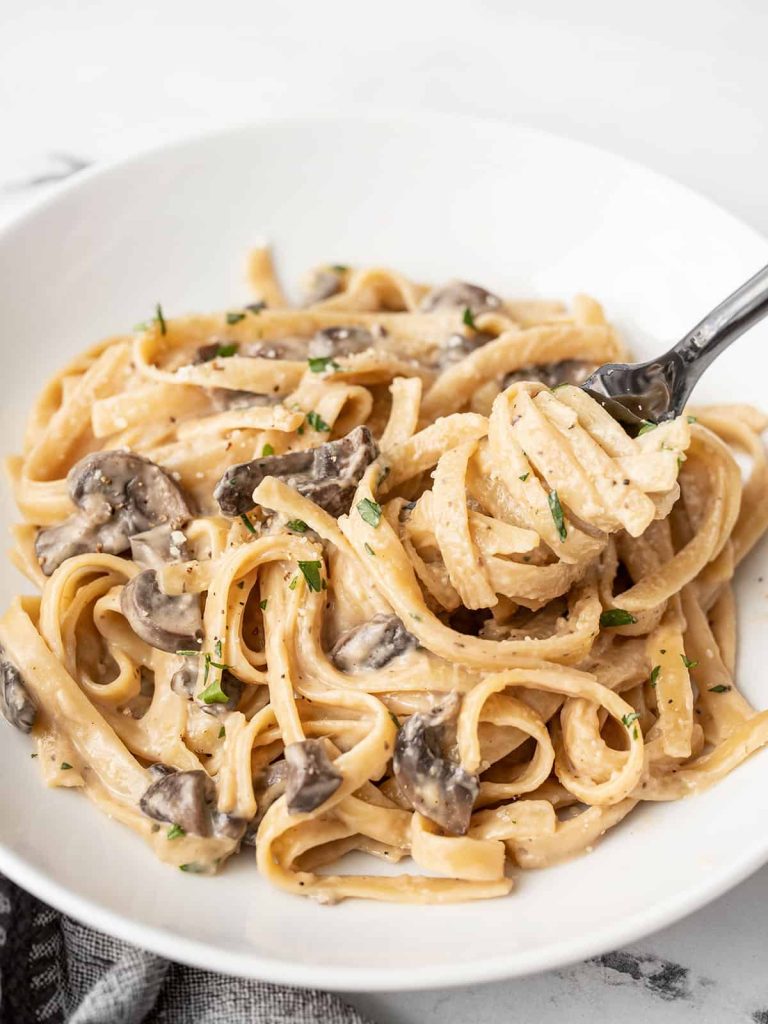Moms Sponge Cake: History, Baking Tips, and Modern Twists for All Diets
Mom’s sponge cake traces its roots to early European baking traditions. Initially, sponge cakes emerged in the 16th century, rapidly gaining popularity due to their airy texture. These cakes became staples at tea parties and social gatherings, signifying hospitality and celebration. Over time, the recipe adapted to various regional influences, integrating local ingredients and techniques while maintaining the essence of a soft, fluffy cake.
Evolution of the Recipe Over Time
The recipe for Mom’s sponge cake has evolved significantly. In the 19th century, bakers began adding baking powder to achieve an even lighter texture. The 20th century saw the introduction of electric mixers, simplifying the preparation process. Modern variations often include unique flavorings like citrus zest or vanilla extract and sometimes feature fruit toppings for added flair. Despite these changes, the core appeal of a delicate, moist cake remains constant, bridging generations and baking traditions.
Key Ingredients in Moms Sponge Cake
Choosing the Right Flour and Sugar
Using the right flour and sugar is crucial for achieving Mom’s sponge cake’s signature airy texture. Cake flour, with a lower protein content of about 7-8%, provides the necessary lightness. In contrast, all-purpose flour, having 10-12% protein, results in a denser texture, which isn’t ideal for sponge cakes.
For sugar, granulated works best. Granulated sugar’s fine crystals dissolve more easily, ensuring even distribution throughout the batter. This helps maintain the cake’s light and fluffy structure. Additionally, the sugar crystals’ sharp edges aid in the mechanical leavening process when eggs are beaten.
The Role of Eggs in Texture
Eggs are fundamental to Mom’s sponge cake, contributing to both structure and lightness. The whites create volume while yolks add richness. Beaten egg whites incorporate air, acting as a natural leavening agent. These trapped air pockets expand during baking, giving the cake its airy texture.
Egg yolks, rich in fats and emulsifiers, help blend the other ingredients smoothly. The lecithin in yolks stabilizes the batter, ensuring it holds the incorporated air. For best results, use room-temperature eggs. They whip more easily and incorporate more air, resulting in a lighter cake.
Each ingredient in Mom’s sponge cake plays a distinct role, from the choice of flour and sugar to the meticulous handling of eggs, ensuring a perfect, nostalgic treat.
Step-by-Step Baking Guide
Preparing the Batter
First, gather all ingredients. You’ll need cake flour, granulated sugar, large eggs, and a bit of salt. Preheat your oven to 350°F and prepare the pans by lining them with parchment paper.
Next, separate the egg yolks and whites, ensuring no yolk contaminates the whites to achieve a stable meringue later. In a clean bowl, beat the egg whites on medium speed until they form soft peaks, then gradually add half of the sugar while continuing to beat until stiff peaks form.
In another bowl, beat the egg yolks with the remaining sugar until the mixture turns pale and thick. Sift the cake flour and salt together, then gradually fold this dry mixture into the beaten yolks. Carefully fold in the egg whites, one-third at a time, to maintain the batter’s airy texture.
Baking Tips for Perfect Fluffiness
Once your batter is ready, pour it evenly into the prepared pans. Tap the pans lightly on the counter to remove air bubbles. Place the pans in the oven on the middle rack.
To ensure perfect fluffiness, bake the sponge cake for about 25-30 minutes or until the top is golden brown and a toothpick inserted in the center comes out clean. Avoid opening the oven door during baking to prevent the cake from deflating.
After baking, let the cakes cool in the pans for 10 minutes. Carefully transfer them to a wire rack to cool completely before removing the parchment paper. For best results, slice the cake with a serrated knife to avoid crushing its delicate structure.
Serving and Presentation Ideas
Traditional vs. Modern Serving Styles
Traditional serving styles for Mom’s sponge cake focus on simplicity and elegance. Typically, you serve the cake with a dusting of powdered sugar and a side of fresh cream. This classic approach highlights the cake’s delicate texture and light flavor. For an added touch, consider pairing it with fresh berries or a light fruit compote, enhancing the natural sweetness of the cake.
In contrast, modern serving styles embrace creativity and bold flavors. You can incorporate various toppings like flavored whipped creams, ganaches, or even edible flowers. Layering the cake with fruit fillings such as lemon curd, raspberry jam, or chocolate mousse can elevate its taste and visual appeal. Another contemporary idea is to garnish the cake with a drizzle of flavored syrups or sauces, adding layers of complexity to each bite.
Decorative Tips for Special Occasions
Decorating Mom’s sponge cake for special occasions provides an opportunity to showcase creativity while honoring traditional elements. For birthdays, you can top the cake with colorful sprinkles and personalized messages written in icing. Fresh flowers like roses or daisies can also be used to decorate the cake, making it look elegant and festive.
For holidays, consider themed decorations. For example, during Christmas, topping the cake with powdered sugar to mimic snow and adding edible holly leaves and berries creates a festive look. For Easter, bright pastel colors and candy decorations can make the cake stand out.
Using textured tools to create patterns on frosting or whipped cream adds sophistication. You can also employ stencils and dusting powders to create intricate designs on the cake’s surface. Incorporating seasonal fruits as decorations not only enhances the aesthetic but also adds fresh, complementary flavors.
These serving and decorative tips transform Mom’s sponge cake from a simple dessert to a centerpiece of celebration and elegance.
Health and Nutritional Considerations
Calorie Content and Serving Sizes
Understand calorie content before enjoying Mom’s sponge cake. A single serving, approximately 100 grams, contains about 230 calories. These calories come from key ingredients like flour, eggs, and sugar. Moderation is crucial if you’re watching your intake. You can manage portion sizes by cutting smaller slices or sharing with others.
Gluten-Free and Vegan Variations
Explore gluten-free and vegan options for dietary needs. Use almond or rice flour to replace standard flour for gluten-free variations. Substitute eggs with flaxseeds or chia seeds mixed with water for vegan baking. Replace dairy with almond milk or coconut milk for these specific needs. Each substitution maintains the cake’s signature texture and caters to dietary preferences.
Conclusion
Mom’s sponge cake is more than just a dessert; it’s a blend of tradition and innovation. By understanding its history and mastering the baking techniques, you can create a cake that’s both nostalgic and contemporary. Whether you stick to classic toppings or experiment with modern twists, there’s a version of this cake for everyone. With gluten-free and vegan options available, you can cater to a variety of dietary needs without compromising on taste or texture. Embrace the versatility of Mom’s sponge cake and enjoy a timeless treat that brings joy to any occasion.






